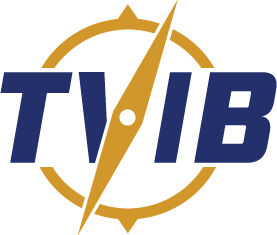Federal Register Vol. 84, 026/07/2019 – 46 CFR Parts 10, 11, and 15 Amendments to the Marine Radar Observer Refresher Training Regulations
EXCERPTS – Download link below for full notice.
SUMMARY: The Coast Guard is revising its merchant mariner credentialing regulations to remove obsolete portions of the radar observer requirements and harmonize the radar observer endorsement with the merchant mariner credential. These revisions will reduce an unnecessary financial burden on mariners required to hold a radar observer endorsement. This rule will affect mariners who have served on radar-equipped vessels, in a position that routinely uses radar for 1 year in the previous 5 years for navigation and collision avoidance purposes, and mariners who have taught a Coast Guard-approved or accepted radar course at least twice within the past 5 years. These mariners will no longer be required to complete a Coast Guard- approved or accepted radar refresher or recertification course in order to renew their radar observer endorsements. We are retaining the existing requirements for mariners seeking an original radar observer endorsement and for mariners who do not have 1 year of routine relevant sea service on board radar- equipped vessels in the previous 5 years or have not taught a Coast Guard- approved or accepted radar course at least twice within the past 5 years. This final rule adopts, with modification, the notice of proposed rulemaking published on June 11, 2018.
DATES: This final rule is effective July 22, 2019.
Click here to download Federal Register Vol. 84, 06/07/2019 – 46 CFR Parts 10, 11, and 15 Amendments to the Marine Radar Observer Refresher Training Regulations
